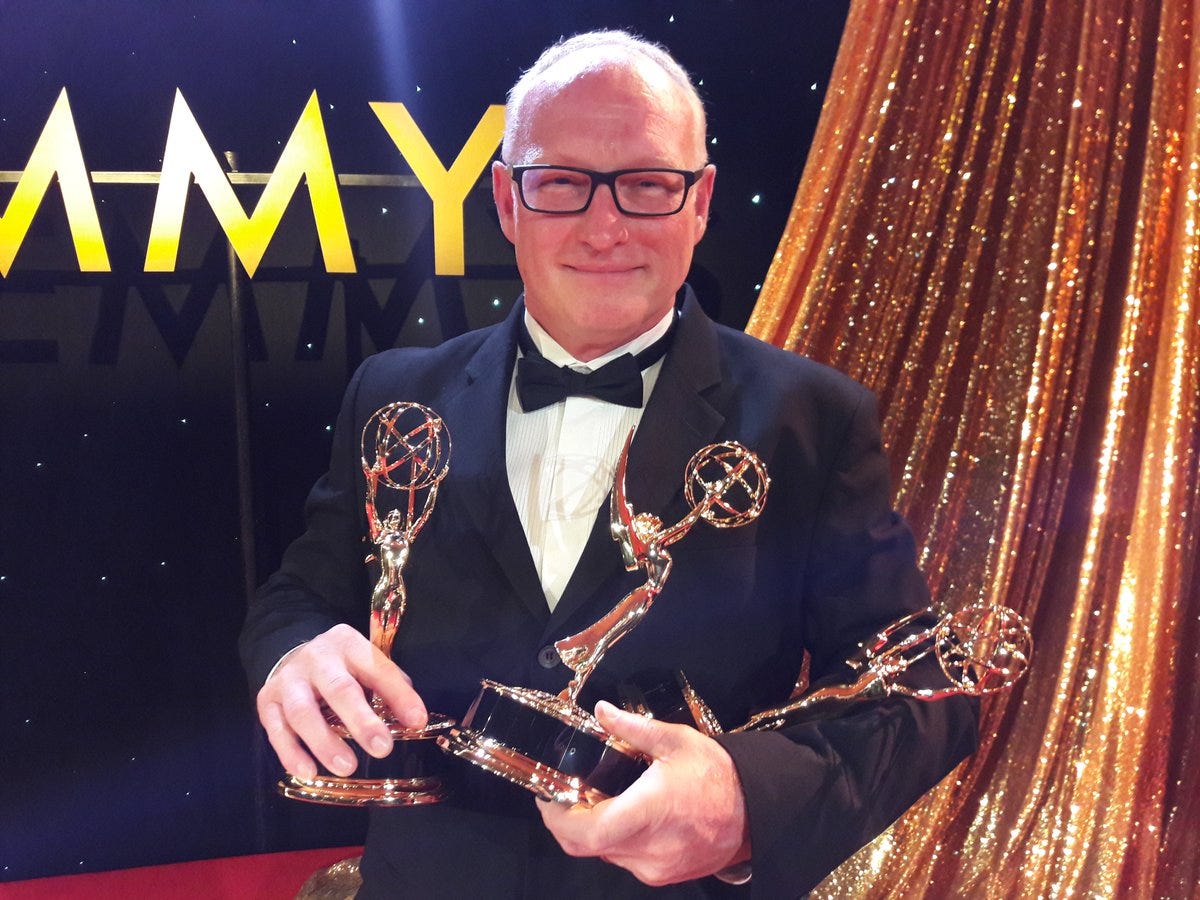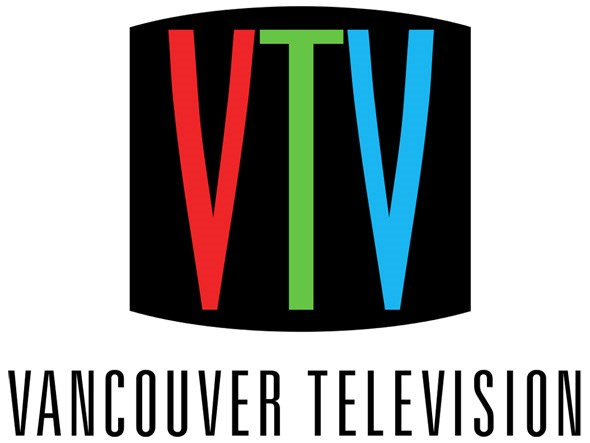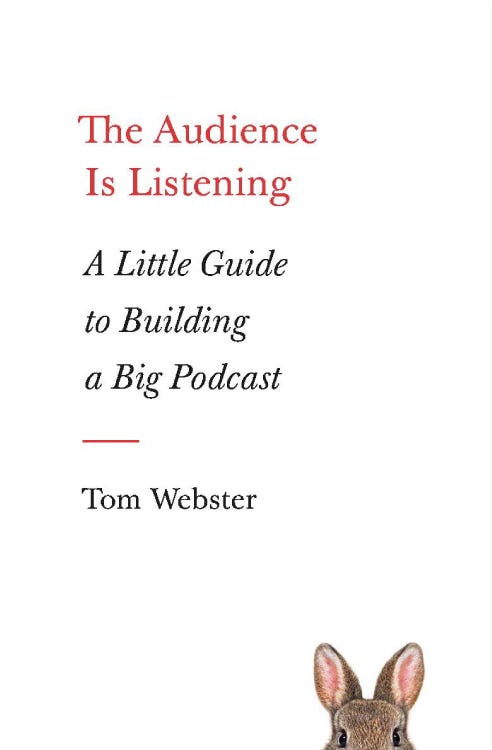Welcome to the Creativity Business, a newsletter about earning attention and differentiating yourself as a marketer or content creator. If you’re not a subscriber, sign up and get content & differentiation strategy delivered to your inbox every two weeks for free.
I met Scott Rensberger in 1997 when I joined the startup television station, Vancouver Television (VTV). Scott was a one-man-band videographer and the station hired him as a consultant to help teach journalists how to tell more powerful and memorable stories. Scott quickly became a storytelling mentor for me and many others. So much so that I still remember the lessons he taught me over twenty-five years later.
Scott had a lot of wisdom to share, but my favorite was the simple question, “Where’s The Juice?”
The Juice is the magic ingredient in a story that makes it compelling. It can be a great character, a surprising story, or an unusual point of view. The Juice can take many forms and cannot be explicitly or categorically defined. But in your heart, you know whether your story has The Juice or not.
Scott taught us that if our stories didn’t have The Juice, we were in trouble. They would be boring, forgettable, and a waste of our and the audience’s time.
“Ninety-eight percent of the stories we watch are totally forgotten within a few days,” he said. “Most are forgotten in a few seconds. The goal isn’t to have your work remembered the next day or week; the goal is to have your piece remembered twenty-five years later.”
That is a HIGH BAR. And yet, if your job is telling stories, why would not aim for having them remembered twenty-five years later? Memorability is the calling card of phenomenal storytellers.
At VTV, every day, reporter after reporter would meet with Scott before heading out to shoot their story for the day, and we could hear him bellowing from across the newsroom, “Where’s The Juice?!?!?”
He was like Clara Peller from the famous Wendy’s commercials, who would yell “Where’s the beef?!”… but for journalists and storytellers.
Ingredients in The Juice
Scott had many strategies for finding The Juice in stories. First, a story had to hit audiences in the heart, mind, or wallet. For example, in local news, the wallet became stories like:
Are your property taxes going up?
5 hidden local places for kids that are free
How to save money on heating your home this winter
This is just the beginning of “Juice Theory,” though. The Juice is not just a filter for stories overall. It is also applicable to elements inside a story. My favourite Juicy Advice is that the two best moments in any short-form story have to be the beginning and the ending. Full stop.
If you have gathered content for a story, look for the two most powerful, most memorable, most unusual, most attention-earning moments. Then figure out how to make one of them the opening and one of them the ending. And then, structure everything else around those two quotes or moments. Why would you do this, you might be asking?
Well, if you don’t have a great opening, people won’t even stick around to see what the story is about. Every audience member is weighing whether or not this piece of content is going to be worth their precious time and attention by asking themselves, “Where’s The Juice?”
So… hit them with The Juice immediately. Otherwise, they’re gone.
The ending is also vital. Great endings are what make stories memorable. They are what make people tell others about a story. Great endings are filled with The Juice. The ending could be a joke. It could be an emotion. It could be perfect closure. It could be an unexpected surprise, or a clever line.
But it can’t be boring. It can’t be generic. And it can’t just end because it’s done. Great endings are crafted.
Juicy Interview Strategy
Many times, especially in content driven by interviews, producers just use linear time progression as the storytelling format. Start at the start of the interview and end with the end of the interview.
What are the odds that the way the one-take interview unfolds is the absolute best possible version of the conversation? What are the odds that the start of the interview is one of the two most compelling moments, and that the end of the interview is the other? (Hint: almost zero.)
Start with the best clip and end with the second-best clip. And rearrange everything else in the middle and write voiceover to make it seem like this was the order in which everything was meant to flow.
Scott used to share this wisdom and I still use it decades later:
“If you don’t have a great beginning, no one will even watch the rest of the story. If you don’t have a great ending, no one will remember it or tell anyone else about it.”
You can have movies or stories with good enough beginnings, mediocre middles, and unbelievable endings, and everyone will leave blown away because of the ending. But if you have a great beginning, an amazing middle, and a “meh” ending, everyone leaves deflated and disappointed.
Find Your Personal Flavour of The Juice
At Vancouver Television, one side effect of using The Juice as a storytelling filter is that it helped all the journalists hone their own personal voices. Everyone had their own flavour of Juice—the types of stories they were attracted to, the way they were shot and edited, and most of all, the voice they used to write and read the scripts. A story filled with Juice is not generic. It comes from a person or brand with a strong voice.
I found my storytelling voice at Vancouver Television, thanks to the Creative Bravery of the leaders running the station (Hi, Jon Festinger!) and the tutelage of Mr. Rensberger. This is one of the pieces that, for better or worse, became my signature style of storytelling. In 1997, scores of world leaders descended on Vancouver for the APEC conference and we had to find ways to cover it and make it interesting for viewers. I stumbled into an area of the convention centre called “The Quiet Zone” and was immediately intrigued. This isn’t exactly hard-hitting journalism, but we had a lot of fun making it and some people still remember it… over twenty-five years later.
Juicy Advice
So what can you learn from Scott’s sage storytelling advice? Focus on finding The Juice in every piece of content you put out into the world. Focus on developing your personal flavour of The Juice.
What is your voice?
What is your take?
What is your stylistic approach?
How will audiences know that this story comes from you, specifically?
Over time, your consistency of voice and Juice will make your content and stories instantly recognizable and memorable… over twenty-five years later.
One final piece of Juicy advice from Scott:
Always remember, no one cares more about your work than you do. If someone tells you that you’ve done a great job—I’d get a second opinion. The very best storytellers always rewrite and rework their ideas. The only time to celebrate is when you’re standing on the red carpet.
In short, you have to earn it.
What’s Earned My Attention Lately
The Audience Is Listening
My friend and fellow podcast nerd, Tom Webster, has written a brilliant book that is a true must-read for anyone in podcasting, and more broadly, in content creation. Tom is a terrific writer and storyteller who shares timeless strategies for crafting audience-first creative projects. Tom also has one of the best voices on the planet and is a phenomenal speaker, so even though I’ve read the printed version, I’m also going to listen to the audiobook version of this one…. Check it out here.
Shell Game
Journalist
hosts a clever, funny, and illuminating exploration of AI, Voice Agents, and identity. He takes listeners on a journey of cloning his voice, hooking it up to ChatGPT, and then hooking it all up to his phone. The result is a string of very entertaining phone calls with customer service departments, telemarketers, and… his wife. There are a lot of laughs from the “uncanny valley” nature of the current state of Voice Agents, but it will also make you think a lot about what the world will be like as they get better, and how often you may already be talking to Voice Agents and not know it. Even better, it’s produced by and the former Head of Audio at the New York Times, .Scott’s YouTube Channel
If you are intrigued by The Juice and want to see a great storyteller at work, Scott Rensberger’s YouTube channel is filled with clever storytelling and great shooting and directing, from stories about Rat Man to the Music Box Man to the guy who has the unfortunate job of Captaining the Pump Out Boat. Check out this story - a great opening, a compelling character, and a really clever focus: meet the gunfighter who dies for a living and shows Scott how to die realistically.
Earn It Updates
New videos: I started posting to YouTube Shorts this week. I tried talking to my brother, nephew, niece, and kids about Earn It and well… it didn’t go as planned. Gary and Perry also denigrated me by insinuating that I’m so boring that I blend into the wall behind me.
Tom Webster and I are both working with the amazing team at Page Two publishing, and we exchanged early drafts of our books with each other. Tom was kind enough to share this testimonial, which makes me particularly happy because it includes the word “devious” :-)
“What Steve has done with ‘Earn It’ is something truly devious and wonderful - he’s created a complete primer for brainstorming creative ideas under the guise of an incredibly useful book for marketers and content creators. I’ll be going back to this book for many years. ”
If you’d like to pre-order Earn It, there are all sorts of new places to purchase it.








Lots of juice in this article.